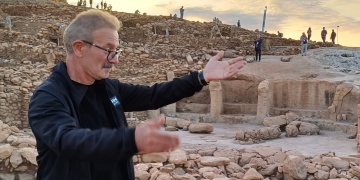
More than a thousand scientists from all over the world who study the Neolithic period were in Turkey for the World Neolithic Congress held between November 4-8, 2024.
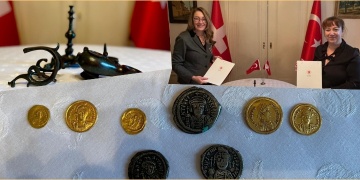
International Cultural Heritage Gang Busted. The gang included treasure hunters, suppliers, middlemen, restoration experts, fake art manufacturers, art historians and art galleries.
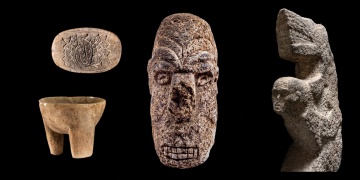
The 2024 World Neolithic Congress aims to bring together discussion of diverse Neolithic formations that took place across different geographical locations in different time-frames following diverse cultural and socio-economic trajectories.
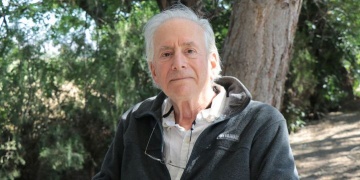
Türkiye's Kultepe offers clues to climate adaptation 4,200 years ago... Crucial for world history to understand how societies in big cities adapted to climate change 4,200 years ago, says prominent US professor
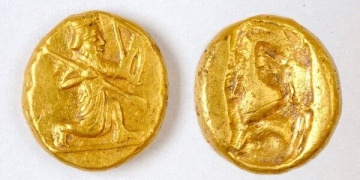
The gold coins were found inside a room beneath a home in Notion by arcaheologist an ancient city in western Turkey. They feature the figure of a kneeling archer, a design element used for the Persian daric, a gold coin issued by the Persian…

Minister of Culture and Tourism said, "We will increase the momentum of our work by appointing a 'coordinator excavation head' from Turkish scientists to ensure the coordination of the excavations. This is also a important milestone in the history…
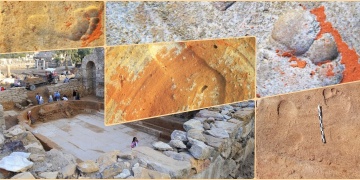
In the ancient city of Stratonikeia, which is located on the lands where the Yatağan district of Muğla is located today, in the 1st century AD, when the Roman Age was ruling, 3 children aged 2-3 years old were running in different directions on wet…
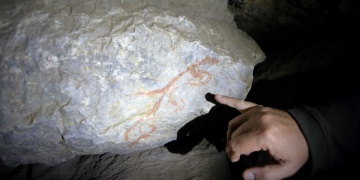
In the famous Yerkapı Tunnel, which every visitor passes through in the Hattusa Ruins, where the capital of the Hittites is located in the Boğazkale district of Çorum, 249 symbols of 3500 years were discovered. The purpose and meanings of the…
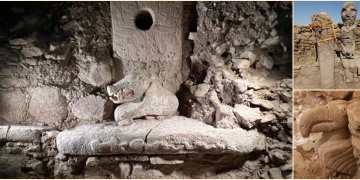
New discoveries that will leave their mark on art history were made during the Stone Hills (Taş Tepeler) archaeological excavations. The first painted neolithic statue was unearthed from Göbeklitepe. The 2.3 meter high human statue in Karahantepe…
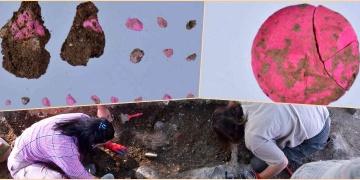
In the Ancient City of Aizanoi in Çavdarhisar district of Kütahya from Turkey, the remains of cosmetics such as bijouterie products and make-up materials used by Roman women 2 thousand years ago were brought to light.
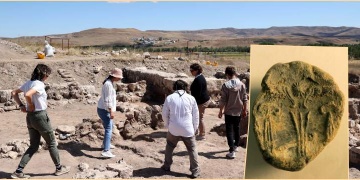
Koç University archaeologists from Turkey uncovered an Imperial Hittite archive during excavations at Kayalıpınar. The findings belong to Ḫattušili III, a Hittite emperor who ruled during the 13th century BCE and was known for his treaty with the…

Aşağıseyit Mound Excavation Head Assoc. Prof. Dr. Erim Konakçı: One grape seed was found. It provided new information about grape consumption in these regions in the 1500s BC.
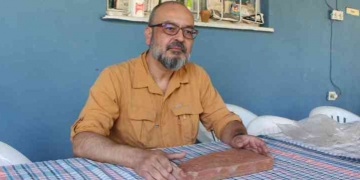
It was determined that “Bagabazos’ dice game” was written in Phrygian letters on the tabla found in the ruins. The artifact found was reviewed by Dr Rostyslav Oreshko from the French National Center for Scientific Research.
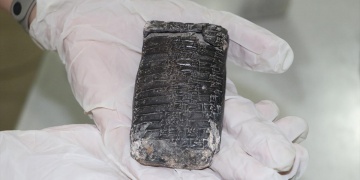
Many cuneiform tablets, many of which contain important information, have been found in the archaeological excavations of Aççana Höyük to date.
The last tablet that archaeologists found by chance without digging isamong the earthquake debris perhaps…

An exciting discovery in Hattusa, the capital of the Hittites. It is aimed to reach new information about the traditions of the Hittite civilization with 249 new hieroglyphs discovered in the Yerkapı Tunnel in Hattusa the capital of the Hittites.
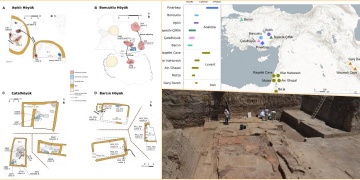
Neolithic Anatolian communities often buried their dead beneath domestic buildings,2 household composition and social structure can be studied through these human remains. Scientists, describe genetic relatedness among co-burials associated with…
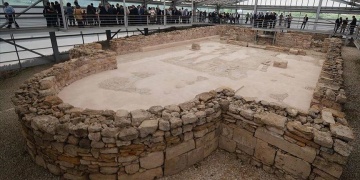
The ancient city of Hadrianopolis in Turkey's Black Sea region, estimated to have been used as a settlement area in late Hellenistic, Rome and early Byzantine times, will become an archeological site.

Turkey will bring back two of its stolen artifacts from England, the country’s Ministry of Culture and Tourism said in a statement on Thursday.
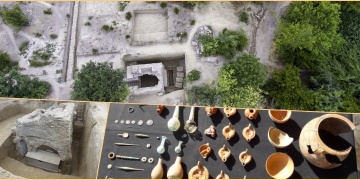
2,000-year-old burial found near ancient city of Laodicea in SW Turkey

The rarity of such artefacts in the prehistoric Near East suggests a profound symbolic meaning for this practice and these objects, and provides new insights into the funerary customs and symbolic importance of the use of human body parts during the…
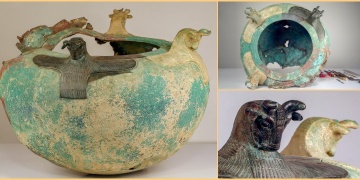
The cauldron will be exhibited in Van Museum after the restoration. Two of other three pots are exhibited in Germany, while the remaining one is in Museum of Anatolian Civilizations in Turkey’s capital Ankara.
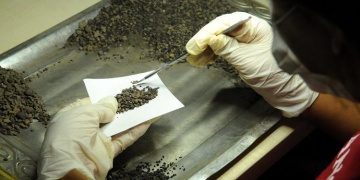
The seeds were initially found in a carbonized form during excavations in the village of Murat in Bingol's Solhan district by a group of archaeologists led by Ziya Kilinc from the Museum Directorate in Elazig province, in neighbouring Bingol.

A structure believed to be around 8,000-years-old was unearthed island of Gokceada (Imbros / Imroz) off the western coast of Turkey. Archaeological Excavations in the Ugurlu-Zeytinlik mound in the northwestern province of Canakkale’s Gokceada…
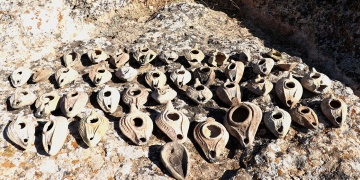
A total of 48 ancient Roman-era oil lamps found in southeast Turkey. Oil lamps found in archaeological excavation area of ancient Zerzevan Castle in present-day Diyarbakir province


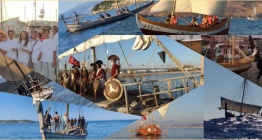




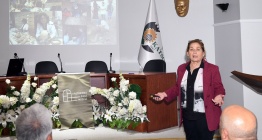


























 Yeni Papa Leo'nun İznik ziyareti öncesi Türkiye'de neler konuşuluyor?
Yeni Papa Leo'nun İznik ziyareti öncesi Türkiye'de neler konuşuluyor? 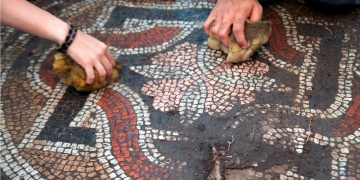 Yazar Veli Dalbudak, Roman Bağlamında Antandros Kenti ve Aeneas Rotasını anlattı
Yazar Veli Dalbudak, Roman Bağlamında Antandros Kenti ve Aeneas Rotasını anlattı  Yuanmouraptor jinshajiangensis: Yuanmou soyguncusu
Yuanmouraptor jinshajiangensis: Yuanmou soyguncusu 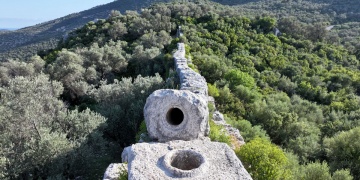 Delikkemer Likya Yolu'nun yürüyüş rotasına girdi
Delikkemer Likya Yolu'nun yürüyüş rotasına girdi 

